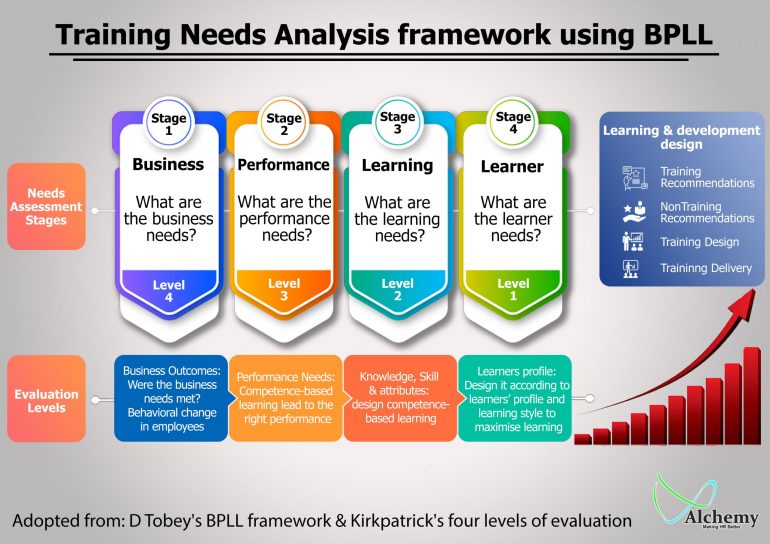
DEVELOP KNOWLEDGE AND TRAINING AT THE WORKPLACE
Workplace training is the process of developing knowledge, skills and efficiency in your job. Better training and knowledge lead to better processes and Better Work. Employers conduct different types of training depending on their requirements, the urgency of their needs and the availability of resources.
As a new employee, you will likely participate in orientation programs to familiarize yourself with the work environment and company culture. If you’re a senior employee, you may be required to take up new responsibilities or stay up to date with the latest changes in the industry.
The Importance of Training & Development in the Workplace
Addressing Employee Weaknesses
Every employee has their weakness in workplace skills. A training program allows you to strengthen those skills that each employee needs to improve.
Improved Employee Performance
An employee who gets the right training will be able to perform better. The training can build an employee’s confidence and best practice for basic tasks.
Structured Training and Development
A structured training and development program ensures that employees have consistent experience and background knowledge.
Employee Job Satisfaction
Employees with access to training and development programs have the advantage over employees in other companies who are left to seek out training opportunities on their own.
3 Stage of improving knowledge and training at the workplace
Before the Training
- Carry out a thorough training needs analysis.
- Identify the purpose of training.
- Align learning outcomes with business goals and on-job tasks.
- Plan to provide just-in-time learning using the most appropriate delivery method.
- Meet the learners.
During the Training
- State the information at the beginning.
- Draw upon the learner’s prior knowledge to create associations.
- Use instructional strategies that establish relevance.
- Align content with real-life job roles and responsibilities.
- Keep an eye on the learning objectives while you design the course.
- Divide the program into modules.
- Provide action plans to retain and improve motivation.
After the Training
- Supplement the training with social learning.
- Provide refresher courses.
- Arrange post-training follow-up sessions.
- Create practice opportunities.
At Alchemy Resources, we provide performance management consultancy to help our clients drive performance while achieving the company’s goals. Contact us Alchemy Resources to find out more on how we may work together in driving performance and achieving goals through strategic objectives to improve your company’s performance.”
If you are looking to improve the performance of your employees, we recommend conducting a Training Needs Analysis that uses Tobey’s BPLL framework that focuses on business improvement. Contact us today to embark on this journey.
References
- Needs Assessment, D Tobey 2016


